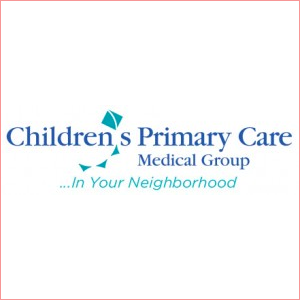BETTER GRADES AND BETTER MOODS:
SURPRISING BENEFITS OF EXERCISE FOR KIDS

In the last few years, multiple research studies have come out emphasizing the benefits of physical activity, specifically for kids.
The general consensus? Active kids are healthy kids.
We commonly hear about benefits like strong muscles and weight management, but in reality there are many positive ways that physical activity can impact both mental and physical health, and even academic performance.
Exercise has been proven to benefit kids in the following ways:
- Better grades and test scores due to improved memory and cognitive function
- Improved behavior in and outside the classroom
- Decreased symptoms of mental health conditions including anxiety and depression
- Stronger bones- especially from activities that include jumping
- Improved cholesterol and blood sugar management (and even reversing pre-diabetes or high cholesterol)
- Improved body image and increased self-confidence
- Endorphins (feel-good brain chemicals) mean happier kids, and more balanced moods
Unfortunately, according to the American Academy of Pediatrics, only 1 in 3 kids are active every day. It becomes even more difficult to be physically active when PE and recess time are reduced in schools. Combine that with increased technology usage and more homework, kids are spending more and more time engaging in sedentary activities.
How can you encourage exercise and reap the amazing benefits of physical activity in your family? Make it fun!
Kids don’t have the desire or self-discipline to force themselves to do an activity that is uninteresting or tedious (like adults running on a treadmill for example).
Instead of focusing on “exercise”, try family activities that naturally incorporate physical activity. Things like exploring new parks, hiking, walks by the beach, biking together, dancing, swimming, skateboarding, jumping rope, or playing ball can be effective ways to combine family time with being active. Organized sports or classes like gymnastics or dance can also be a great way to learn new skills while having fun.
It’s recommended that kids six and up should get 60-minutes of physical activity per day and preschoolers should get about three hours of activity each day. This is often broken up into smaller chunks throughout the day. For example, walking to school, p.e. or recess or time on the playground, free play, and family time in the evening can quickly add up.
If 60 minutes seems overwhelming, remember that a few minutes of physical activity is better than nothing. Start with a small goal (an evening walk or family activity 2 times per week, for example) and then work up from there. It can also be effective to schedule a few minutes of physical activity at a certain time that works for your family, like right after school or after dinner. When it’s built into your schedule it’s easier to make a habit.
We know family life is busy, but when kids are active during the day, activities like bedtime and homework time actually become easier to manage.
If your family is interested in making healthy lifestyle changes, the CPCMG W.E.L.L. Clinic can help. W.E.L.L. Clinic providers and health coaches are here to support your family in improving nutrition, physical activity, sleep, and emotional wellbeing habits. To schedule an appointment, please call 760-633-3640 or ask your pediatrician for more information about the W.E.L.L. Clinic.

